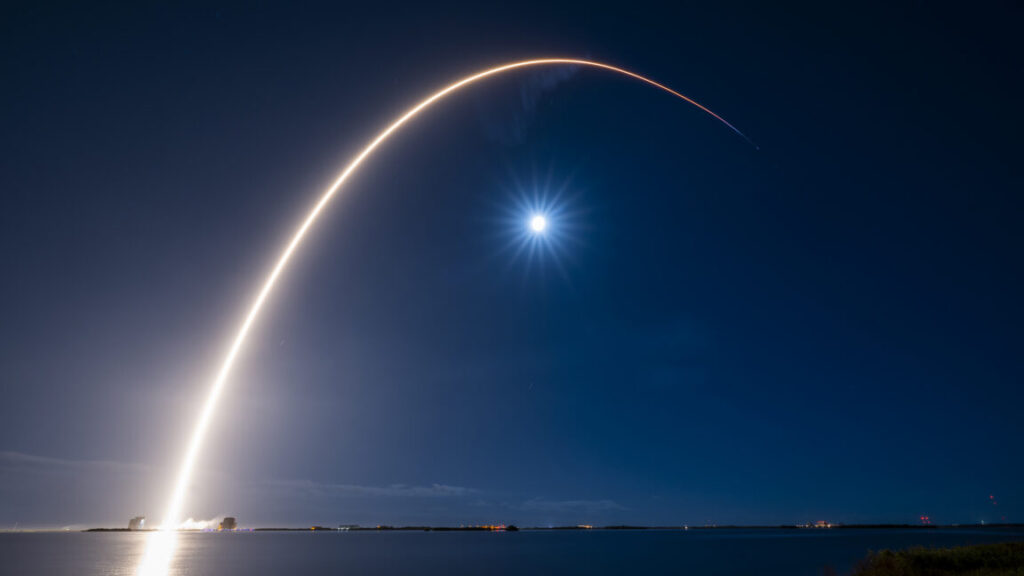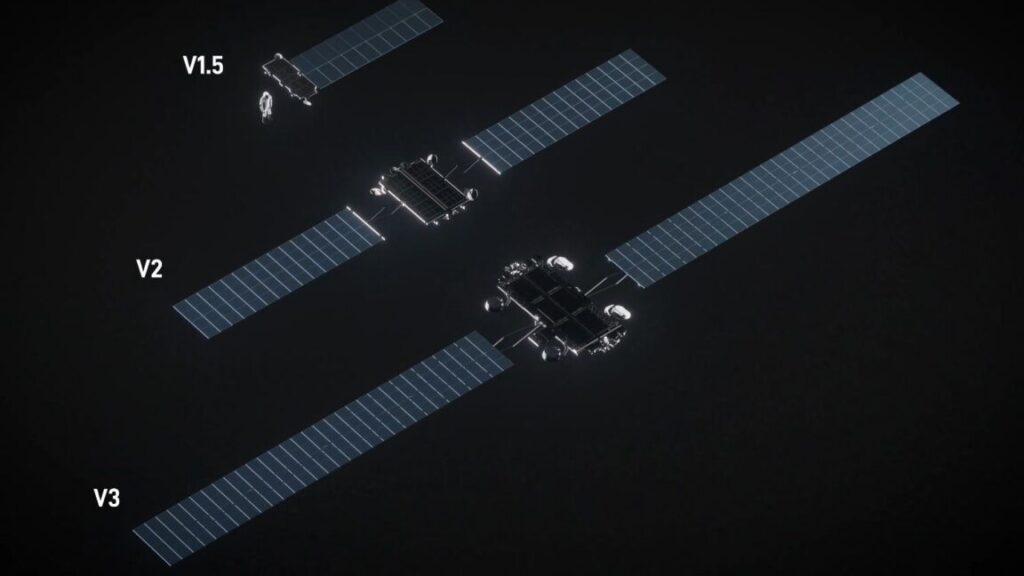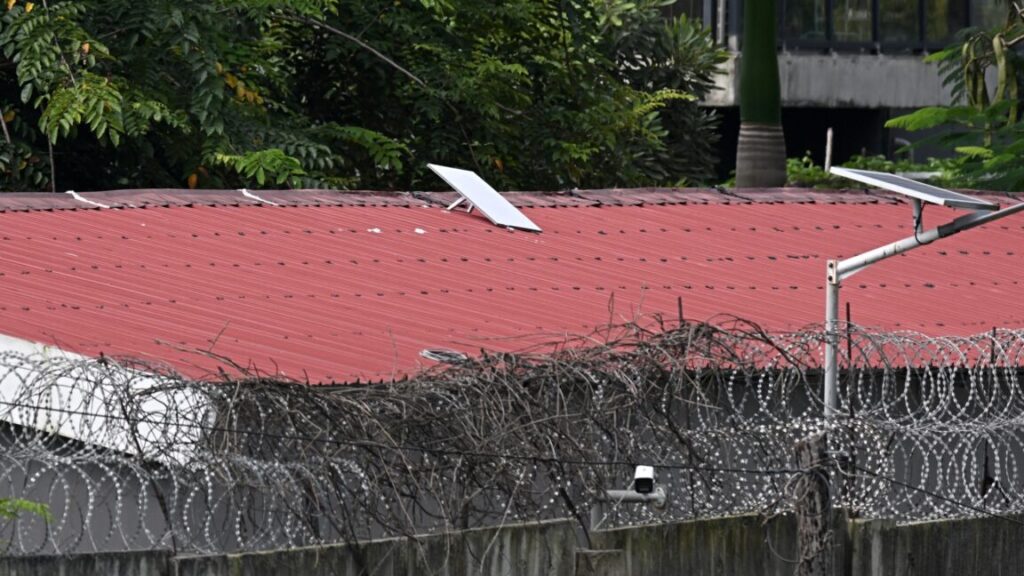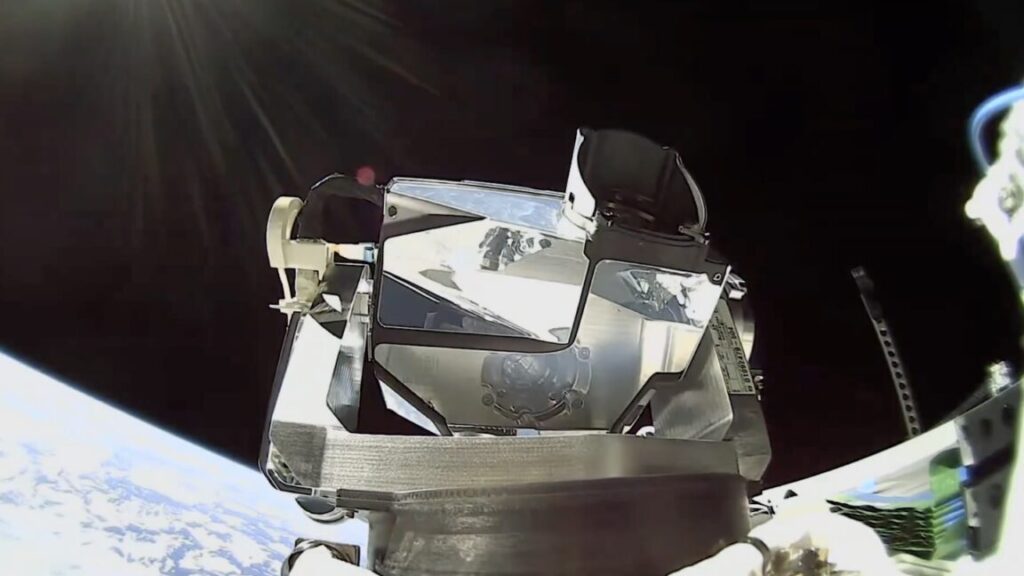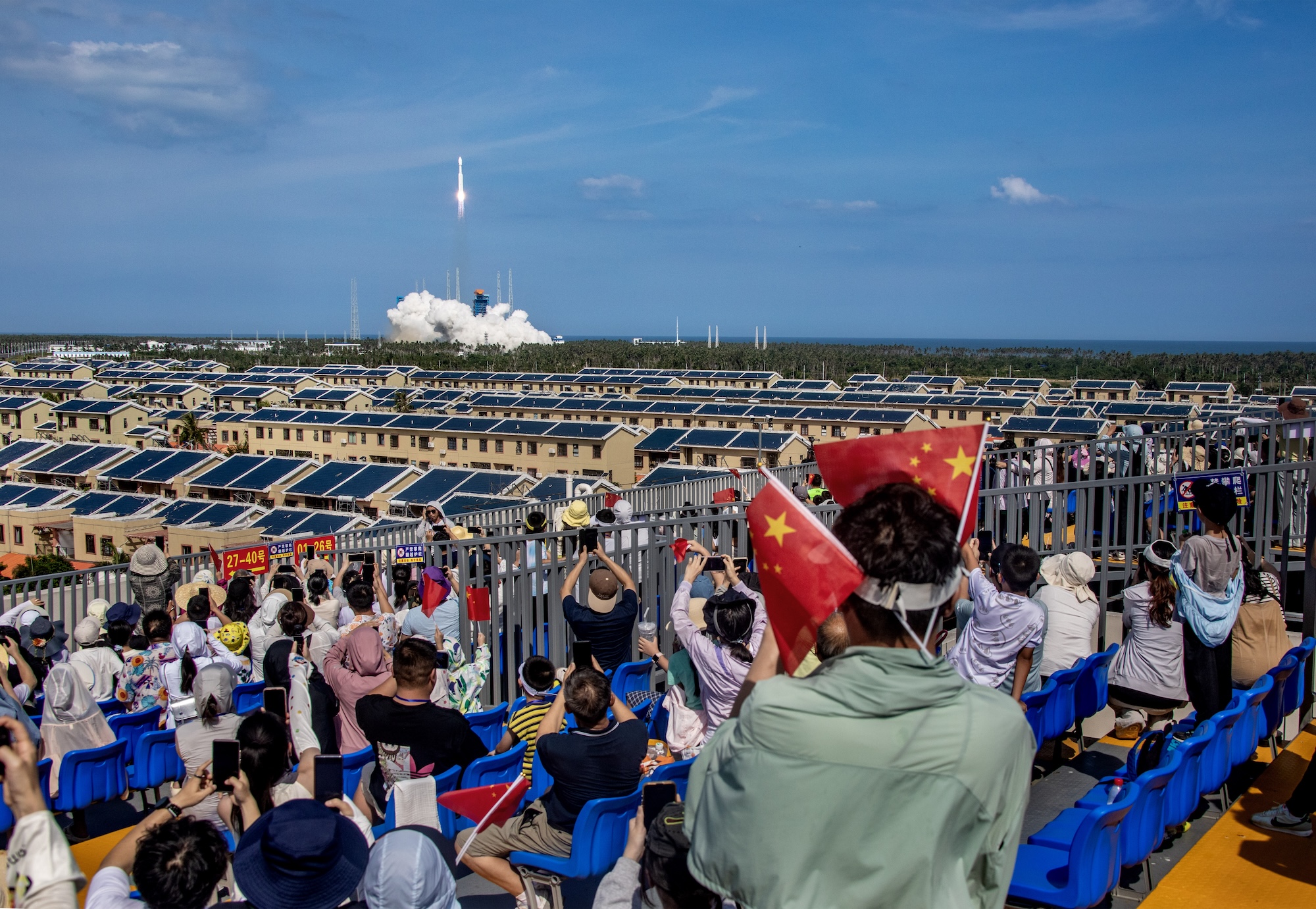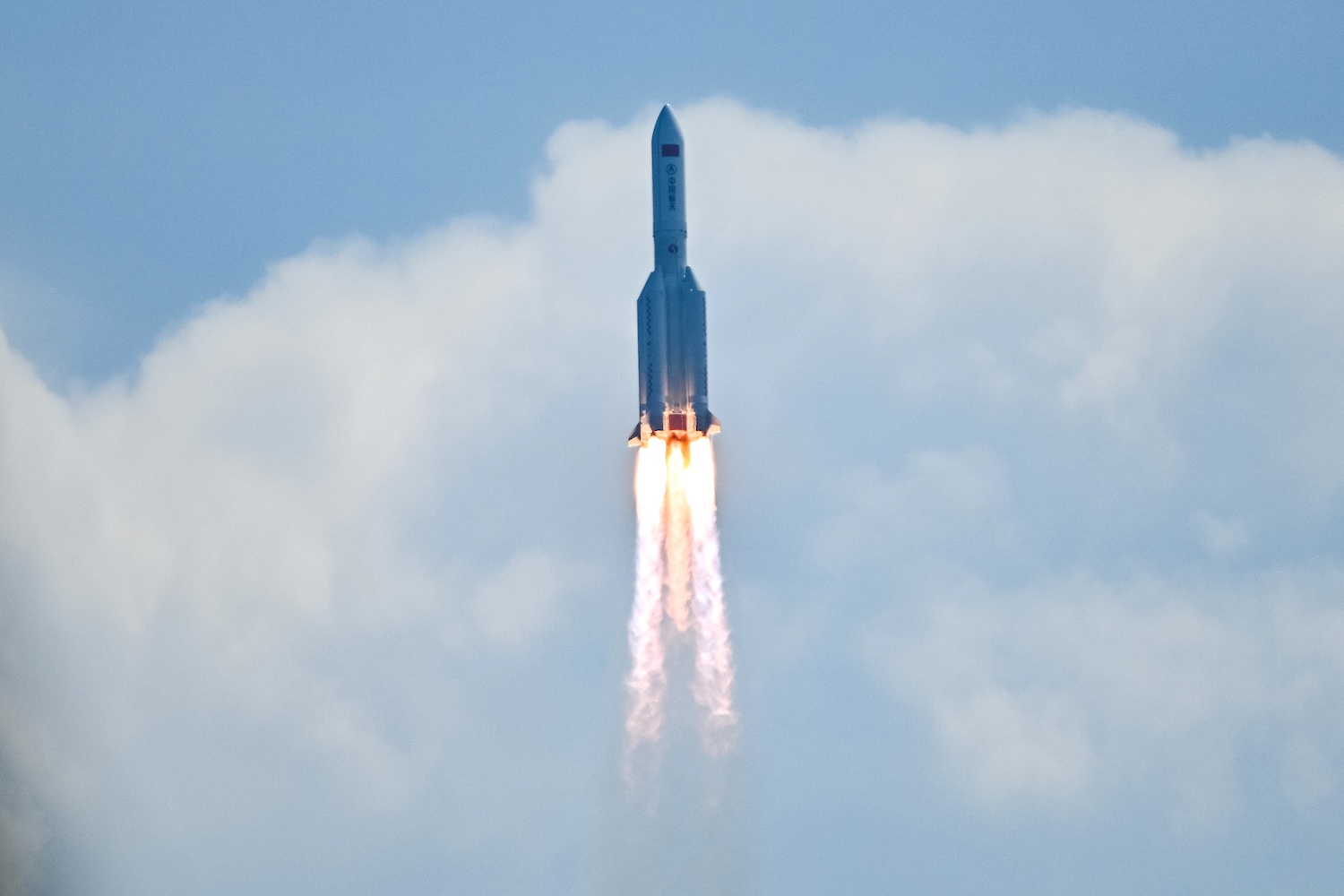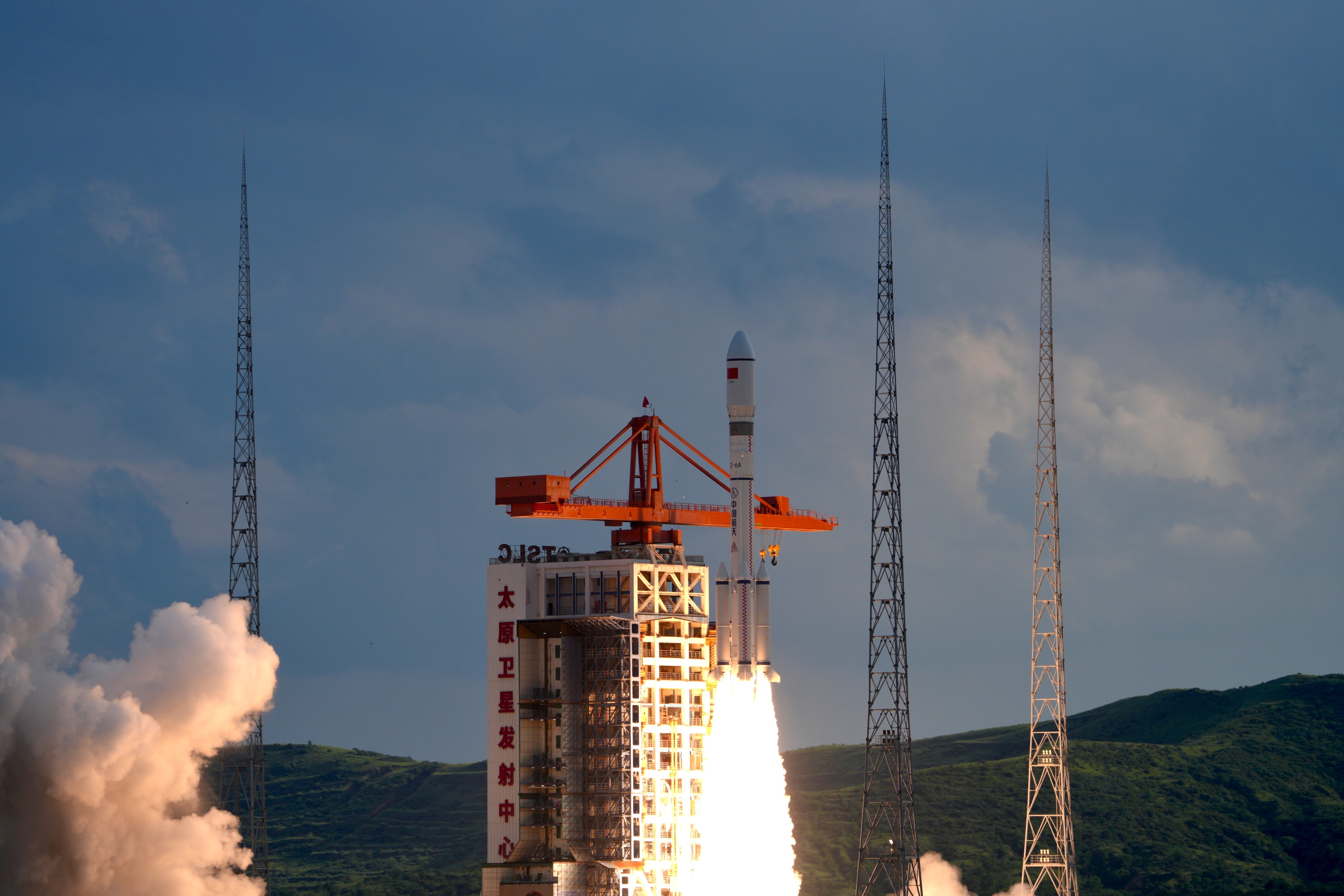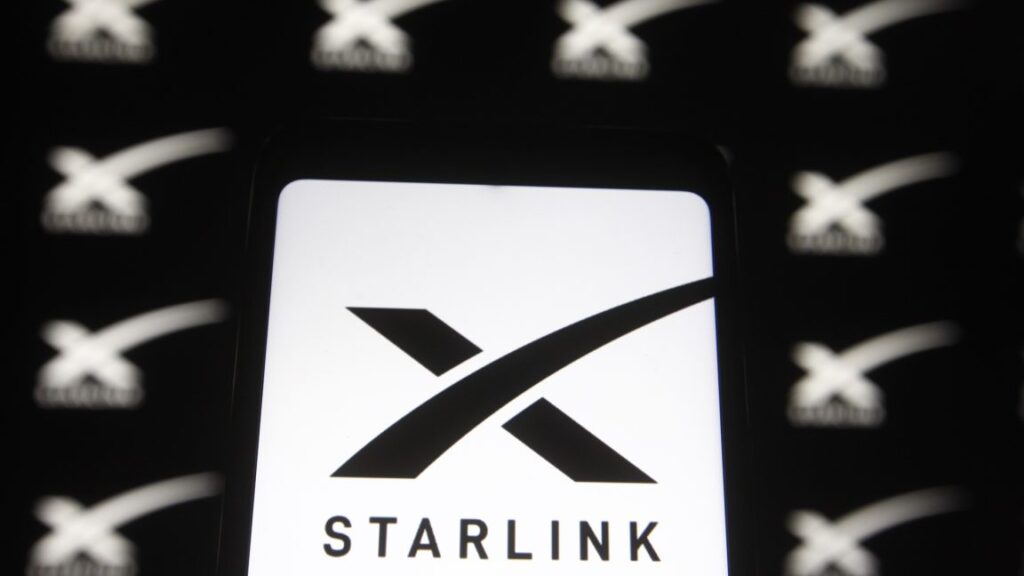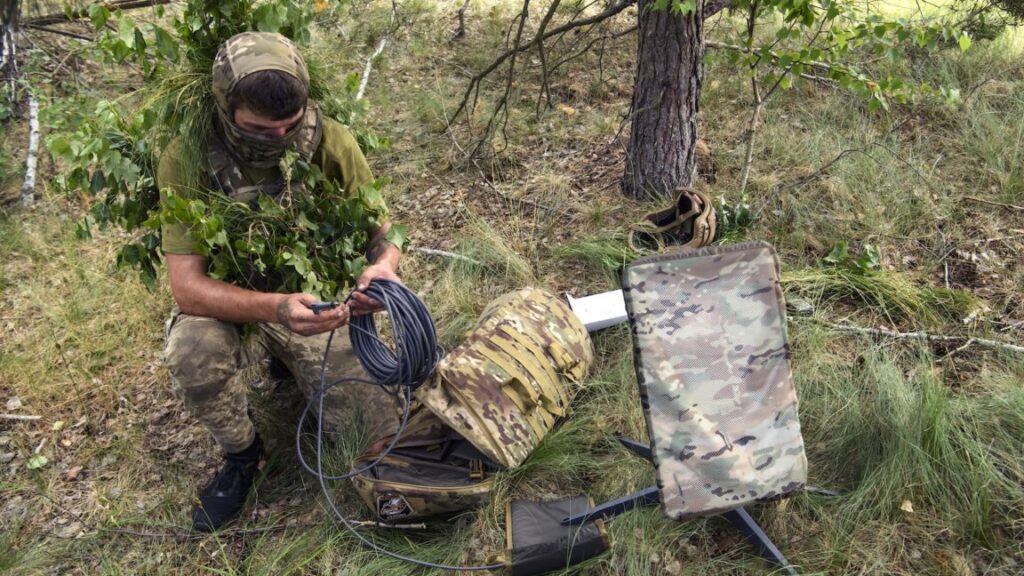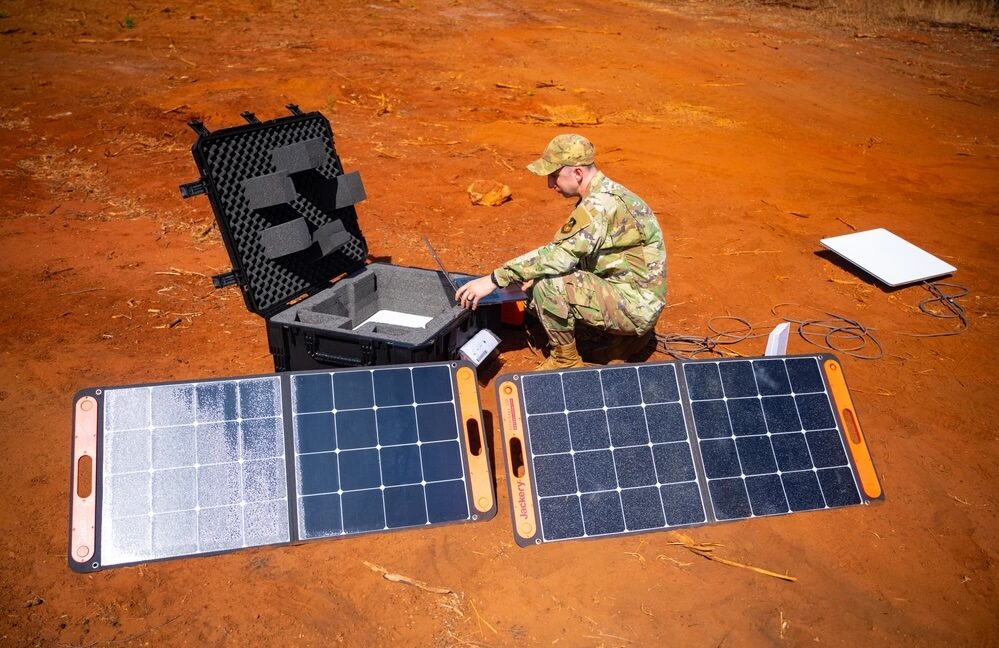The government shutdown is starting to have cosmic consequences
The federal government shutdown, now in its 38th day, prompted the Federal Aviation Administration to issue a temporary emergency order Thursday prohibiting commercial rocket launches from occurring during “peak hours” of air traffic.
The FAA also directed commercial airlines to reduce domestic flights from 40 “high impact airports” across the country in a phased approach beginning Friday. The agency said the order from the FAA’s administrator, Bryan Bedford, is aimed at addressing “safety risks and delays presented by air traffic controller staffing constraints caused by the continued lapse in appropriations.”
The government considers air traffic controllers essential workers, so they remain on the job without pay until Congress passes a federal budget and President Donald Trump signs it into law. The shutdown’s effects, which affected federal workers most severely at first, are now rippling across the broader economy.
Sharing the airspace
Vehicles traveling to and from space share the skies with aircraft, requiring close coordination with air traffic controllers to clear airspace for rocket launches and reentries. The FAA said its order restricting commercial air traffic, launches, and reentries is intended to “ensure the safety of aircraft and the efficiency of the [National Airspace System].”
In a statement explaining the order, the FAA said the air traffic control system is “stressed” due to the shutdown.
“With continued delays and unpredictable staffing shortages, which are driving fatigue, risk is further increasing, and the FAA is concerned with the system’s ability to maintain the current volume of operations,” the regulator said. “Accordingly, the FAA has determined additional mitigation is necessary.”
Beginning Monday, the FAA said commercial space launches will only be permitted between 10 pm and 6 am local time, when the national airspace is most calm. The order restricts commercial reentries to the same overnight timeframe. The FAA licenses all commercial launches and reentries.
The government shutdown is starting to have cosmic consequences Read More »
